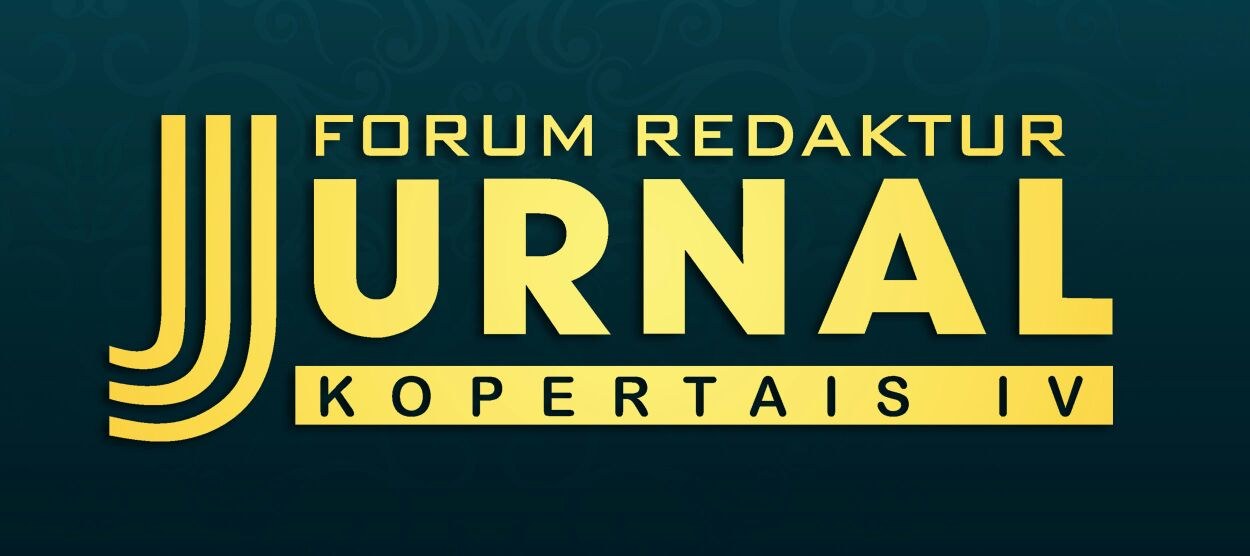Bidang Garapan Administrasi dan Manajemen Sekolah Atau Madrasah
DOI:
https://doi.org/10.54437/alidaroh.v8i1.937Keywords:
Management, Administration, Education AdministrationAbstract
In order to raise the standard of education, human resource management is always linked to management and administration of education. Management can take the shape of agreements and guidelines, or it can take the form of a procedure for maintaining records. It is impossible to isolate educational management and administration from its various facets. We talk about the extent of education management and management procedures in this context. The purpose of management is to streamline organizational work systems and ensure successful and efficient implementation. This essay attempts to clarify how management is being implemented in the education sector, with a focus on the components and domains of school administration work. The "literature review" methodology is employed in this article for data collection and review. The eight components of the school management study include organization, administration, communication, administration/management, human resources/permanent, finance/finance, facilities, and public relations, according to the search results and literature review. Throughout the implementation phase, these eight components are connected. Eight Components Additionally, this is the responsibility of educational administration at the school level, which entails the following three key components of education management: The foundation of education governance consists of students, teachers, and curriculum, with support from five additional elements: organization, money, facilities and infrastructure, governance, business, and public relations.
Downloads
References
Amka, Amka. “Manajemen Dan Administrasi Sekolah.” Nizamia Learning Center, 2021.
Anita, R, E W Abbas, A M Rahman, B Subiyakto, and I Raijani. “Activities at Van Der Pjil Park as Social Studies Learning Resources.” The Kalimantan Social Studies Journal 4, no. 1 (2022).
Asifa, P, and H Afriansyah. 9. Administrasi Layanan Khusus. OSF Preprints, 2020.
Bahri, S. “Manajemen Pendidikan Inklusi di Sekolah Dasar,” 2022.
Handy, M R N, D N Sari, S Syaharuddin, M A H Putra, and H P N Putro. “Penguatan Nilai Nasionalisme dalam Sejarah Perjuangan Alri Divisi IV Kalimantan Selatan Sebagai Sumber Belajar IPS.” Candrasangkala: Jurnal Pendidikan Dan Sejarah 8, no. 1 (2022).
Hantoro, Ramandha Rudwi, Lias Hasibuan, and Kasful Anwar. “Administrasi Pendidikan: Unsur Dan Bidang Garapan Administrasi Pada Sekolah.” Jurnal Hikmah 10, no. 1 (2021): 20–30.
Hendra, R, and M Turrahmi. “Education Special Services Management Manajemen Layanan Khusus Pendidikan.” Jurnal Bahasa Dan Pendidikan 2, no. 3 (2022).
Jumriani, J, R Rahayu, E W Abbas, M Mutiani, M R N Handy, and B Subiyakto. “Kontribusi Mata Pelajaran IPS Untuk Penguatan Sikap Sosial Pada Anak Tunagrahita.” Edukatif?: Jurnal Ilmu Pendidikan 3, no. 6 (2021).
Jumriani, J, B Subiyakto, and S Syaharuddin. “Social Interaction Sasirangan Traders Village in The City of Banjarmasin as a Learning Resources on Social Studies.” The Innovation of Social Studies Journal 1, no. 1 (2019).
Jumriani, Muhaimin, Abbas M., E W., Mutiani, and Rusmaniah. “Effort Management Tourism Objective Through The Existence of Social Groups in The Community.” Indonesian Journal of Business and Enterpreneurship (IJBE 8, no. 3 (2022).
Mi’rajiatinnor, D, E W Abbas, R Rusmaniah, M Mutiani, and J Jumriani. “Factors Encouraging Entrepreneurship for Students of the Faculty of Teacher Training and Education, Lambung Mangkurat University.” The Kalimantan Social Studies Journal 4, no. 1 (2022).
Muhaimin, M, and E W Abbas. “Effort Management Tourism Objective Through The Existence of Social Groups in The Community.” Indonesian Journal of Business and Entrepreneurship (IJBE 8, no. 3 (2022): 407.
Mutiani, M, E W Abbas, S Syaharuddin, and h Susanto. “Membangun Komunitas Belajar Melalui Lesson Study Model Transcipt Based Learning Analysis (TBLA) Dalam Pembelajaran Sejarah.” Historia: Jurnal Pendidik Dan Peneliti Sejarah 3, no. 2 (n.d.): 2.
Mutiani, M, S Sapriya, M R N Handy, E W Abbas, and J Jumriani. “Pembinaan Etika Peserta Didik Melalui Pembelajaran Tematik-Integratif Di Sekolah Dasar.” Edukatif: Jurnal Ilmu Pendidikan 3, no. 3 (2021).
Nasrudin, N., and M. Maryadi. “Manajemen Sarana Dan Prasarana Pendidikan Dalam Pembelajaran Di SD.” Manajemen Pendidikan 13, no. 2 (2019): 15–23. https://doi.org/10.23917/jmp.v13i2.6363.
Putra, A. “Layanan Khusus Peserta Didik (Kesiswaan.” El-Idare: Jurnal Manajemen Pendidikan Islam 2, no. 2 (2016): 1–15.
Putra, M A H, M R N Handy, B Subiyakto, R Rusmaniah, and N Norhayati. “Identifikasi Nilai Budaya Masyarakat Sungai Jelai Basirih Selatan Sebagai Sumber Belajar IPS.” PAKIS (Publikasi Berkala Pendidikan Ilmu Sosial 2, no. 2 (2022): 2.
Rhenald, Kasali. Manajemen Public Relations Konsep Dan Aplikasinya Di Indonesia. Jakarta: Pustaka Utama. Jakarta: Pustaka Utama Grafiti, 1994.
Ridha, M R. “Potret Kehidupan Warung Lanting di Kecamatan Daha Kabupaten Hulu Sungai Selatan.” Jurnal Socius 7, no. 1 (2018).
Rohmah, R. “Urgensi Manajemen Bimbingan Konseling Dalam Melahirkan Peserta Didik Berkarakter.” Jurnal Pendidikan Islam Indonesia 4, no. 1 (2019).
Rusmaniah, R, D A Nugroho, P D Indriyani, and M A H Putra. “Partisipasi Perajin Dalam Pengembangan Seni Kerajinan Anyaman Di Kampung Purun Berbasis Kearifan Lokal.” PINUS: Jurnal Penelitian Inovasi Pembelajaran 8, no. 1 (2022).
Terry, G R, and L W Rue. Dasar-Dasar Manajemen. Jakarta: Bumi Aksara, 2001.
Zulkarnain, W. Manajemen Layanan Khusus Di Sekolah. Bumi Aksara, 2022.

Downloads
Published
How to Cite
Issue
Section
License
Copyright (c) 2024 Mardiyah Mardiyah, Habib Muhammad Bahaus Suruur, Mujia Yahdillah

This work is licensed under a Creative Commons Attribution-ShareAlike 4.0 International License.









